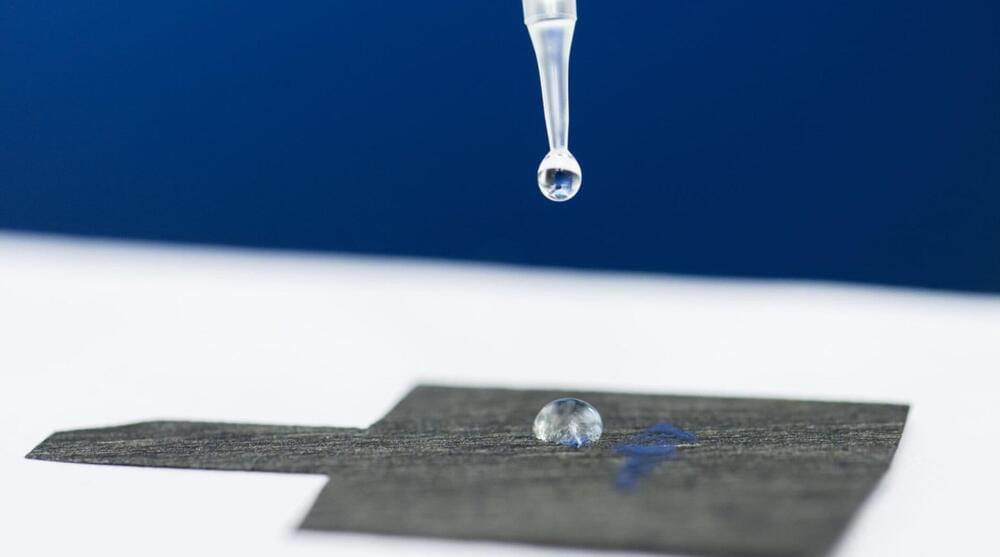Mar 9, 2024
Newly discovered protein prevents DNA triplication
Posted by Saúl Morales Rodriguéz in categories: biotech/medical, chemistry, genetics
Every time a cell divides, its DNA is duplicated so that the two daughter cells have the same genetic material as their parent. This means that, millions of times a day, a biochemical wonder takes place in the body: the copying of the DNA molecule. It is a high-precision job carried out by specific proteins and includes systems to protect against potential errors that could lead to diseases such as cancer.
One of these anti-failure systems has just been discovered by researchers in the DNA Replication Group at the Spanish National Cancer Research Centre (CNIO), led by Juan Méndez. It is based on a protein that ensures that DNA is copied only once, as it should be, and not twice or more.
The work is published in The EMBO Journal.


















